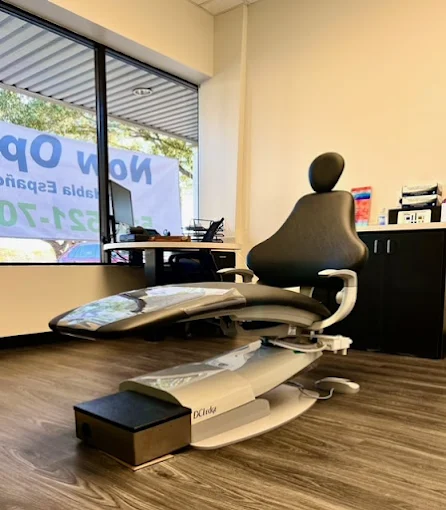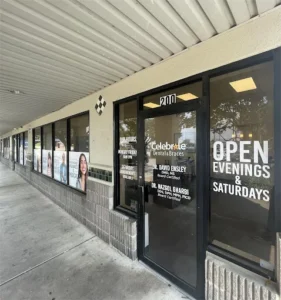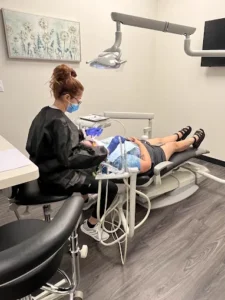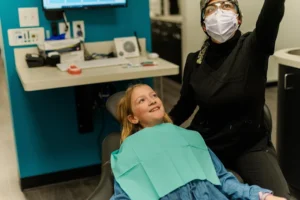A dental emergency can happen anytime and anywhere. Whether it’s a sudden toothache that keeps you up at night, a broken filling while eating, or a knocked out tooth during sports, knowing what to do in those first few minutes can make the difference between saving and losing a tooth. Dental emergencies can be alarming, but with the right information and quick action, you can stay calm and protect your oral health until you reach a dentist.
Understanding What Counts as a Dental Emergency
Not every dental issue requires immediate attention, but certain conditions need urgent care. Common dental emergencies include:
- Severe or sudden toothache
- Knocked out or loose tooth
- Chipped or broken tooth
- Lost filling or crown
- Bleeding gums that won’t stop
- Swelling in the mouth or jaw
- Injury to the tongue, cheeks, or lips
If you are unsure whether your situation qualifies as an emergency, it is better to call your dentist and explain your symptoms. Prompt advice can prevent complications and relieve pain faster.
Step 1: Stay Calm and Act Quickly
Panic is natural during a dental emergency, but remaining calm helps you think clearly and respond appropriately. Take a deep breath, find a clean place with good lighting, and assess the situation. If there is visible damage, bleeding, or swelling, take note of where it is and how severe it seems. The more details you can share with your dentist, the faster they can help when you arrive.
Step 2: Control Bleeding and Clean the Area
If bleeding occurs, rinse your mouth gently with warm water to clear out debris. Apply clean gauze or a soft cloth to the bleeding site and hold it firmly for 10 to 15 minutes. If the bleeding doesn’t stop after that time, seek emergency dental care immediately. Avoid using strong antiseptic mouthwashes, as they can irritate open wounds.
For minor cuts or bitten lips, you can apply a cold compress to reduce swelling and discomfort.
Step 3: Save a Knocked Out Tooth Properly
One of the most serious dental emergencies is a knocked out tooth, but it can sometimes be saved if you act fast. Handle the tooth only by the crown (the chewing surface), not the root. Rinse it gently with clean water if it’s dirty, but don’t use soap or scrub it. Try placing it back in the socket, if possible, and gently hold it in place by biting down on gauze. If reinserting isn’t possible, store it in a cup of milk, saline solution, or your saliva until you reach a dentist. The chances of saving the tooth are highest if you see a dentist within 30 to 60 minutes.
You can read more about immediate care and treatment options through our Emergency Dental services page, where our South Austin team provides same day treatment for urgent cases.
Step 4: Manage Pain and Swelling
Pain and swelling are common in dental emergencies. Over the counter pain relief such as ibuprofen or acetaminophen can help, but avoid applying medication directly on your gums or tooth. Use a cold compress on the outside of your cheek to reduce swelling. If you experience facial swelling that affects breathing or swallowing, seek emergency medical help immediately, as it may indicate a serious infection.
Step 5: Address Broken or Lost Restorations
If a filling, crown, or bridge comes loose, try to save the piece and bring it with you to your appointment. Avoid chewing on the affected side and keep the area clean. You can use dental wax or temporary filling material (available at most pharmacies) to protect the exposed area until you see your dentist.
Step 6: Prevent Infection After an Injury
Oral injuries can introduce bacteria into your gums or tooth sockets, which may cause infection. Rinse with warm salt water several times a day to keep the area clean. Avoid touching the wound with your fingers or tongue, and stick to soft foods until you’re fully healed.
Step 7: Know When to Call the Dentist
If you experience ongoing pain, sensitivity, or swelling that doesn’t improve within a day or two, contact your dentist immediately. Ignoring symptoms can allow infection or damage to spread, making treatment more complicated. Even if your pain subsides, the underlying issue may still need professional attention.
Preventing Future Dental Emergencies
While accidents can’t always be avoided, there are ways to reduce your risk of emergencies:
- Visit your dentist regularly for exams and cleanings
- Avoid chewing hard foods, ice, or non food objects
- Wear a mouth guard during sports
- Never use your teeth to open bottles or packages
- Practice consistent brushing and flossing habits
These preventive measures help you catch small issues before they become painful emergencies.
When in Doubt, Call Your Dentist
Dental emergencies can feel overwhelming, but quick action and professional help make a world of difference. Whether it’s a sudden toothache or a broken crown, knowing what to do helps protect your smile and prevent lasting damage.
If you’re facing a dental emergency right now, don’t wait.
Schedule an appointment or contact our South Austin office for immediate help. Our caring team is ready to restore your comfort and protect your smile.
